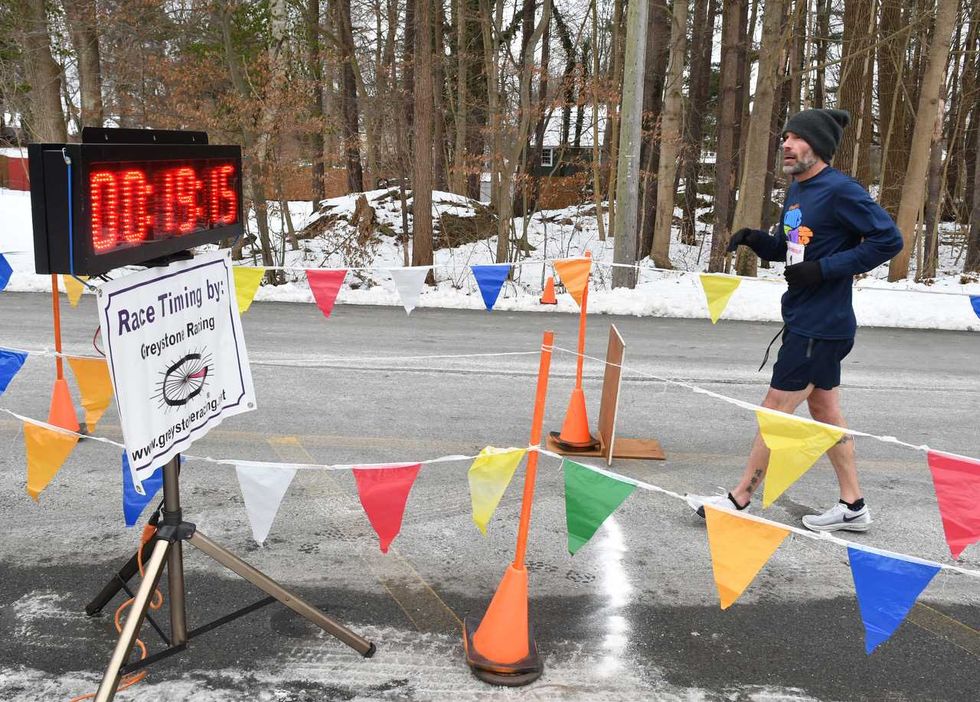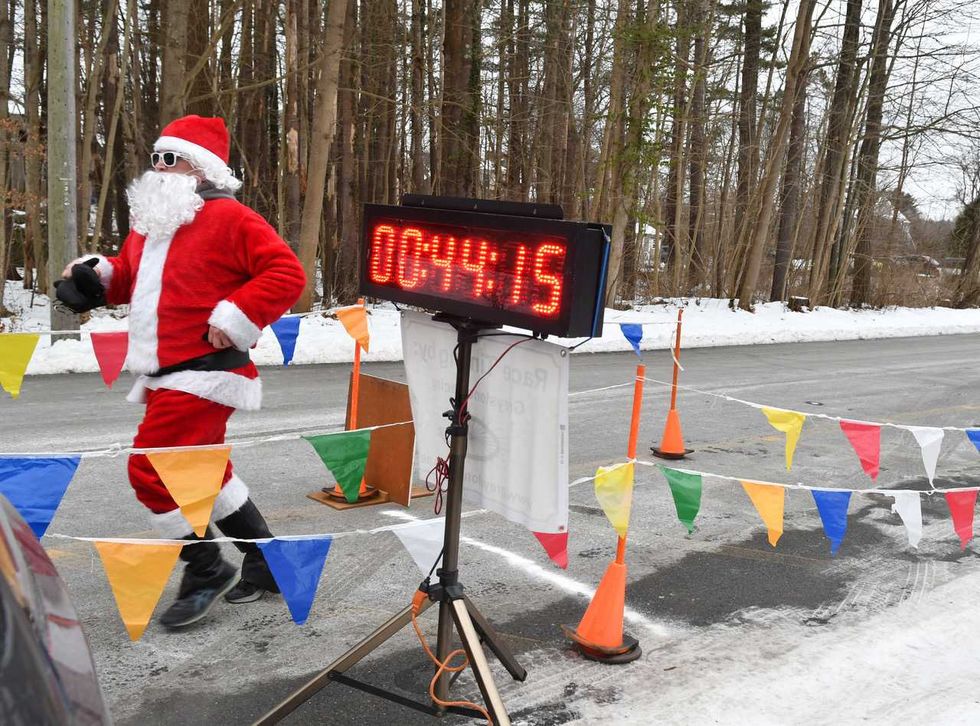Ungardener meet Gardener: Grappling with human instinct in the woodland

Clearweed is native but still an aggressive seeder in garden beds and woodland alike.
Photo by Dee Salomon

After ten days of holiday away, I returned to a jungle where there had been woodland. That my jungle is a proliferation of aggressive natives rather than invasive plants means that my efforts at clearing them off the property is working. But now what? What is the ‘right’ thing to do when native species grow out of control?
I have never seen so much Clearweed, Pilea pumila, on our land but with the amount of rain we have had this summer I am not entirely surprised to have seen a carpet of it spreading over the strawberry groundcover and throughout the woods.
Until I read about this plant several years ago on Margaret Roach’s “Away to Garden” podcast transcript I did not know that Clearweed is a food source to at least four types of caterpillars. With that knowledge I then left a swath of them around. Now I needed to make a quick decision. I began by pulling the bigger ones, cutting off the bottom half of the plant below where the seeds nestle around the stem. There is so much moisture in the translucent stems, it seems to me that leaving the stems could be useful for the soil. As the smaller ones grow I am getting to those as well but there are thousands left.
I find myself in a perplexing situation that is, perhaps, the next level of ungardening — making decisions that are less about restoration and more about ensuring both a diversity of native species and, dare I write it, imposing an aesthetic — my aesthetic — into the woodland. More like a gardener than an ungardener.
Terms like “wilding” and “ungardening” suggest letting nature have its way which, more often than not, becomes synonymous with unruly, out of control and messy. My human instincts fight against that notion; most of the time, in most circumstances, I want control over the visual. When it comes to the woodland, nature’s way is usually good enough for me…most of the time.
Consider the native plants whose seeds are enclosed in nature’s Velcro. Enchanters Nightshade, Circaea lutetiana, has attractive leaves and a rather delicate spray of tiny white flowers above them. But those flowers turn into burrs that attach themselves to animals and, left to their devices, spread profusely. I pick them, knowing that I will never get them all and rationalizing that their riddance will continue to allow me to walk more easily in the woodland.
The burrs on Virginia Stickseed, Hakelia virginiana, are even stickier than those of Enchanters Nightshade. They have ruined several wool hats, many pairs of work gloves and a fleece jacket or two, not to mention the havoc to Scout’s fur. This plant also gets an unsightly mildew on the leaves mid-summer, making for an easier decision on aesthetic grounds. I cut it back when the mildew appears and before the flowers turn into the nasty small burrs. I have read that Native Americans used the roots for medicine but I cannot find any information on whether the seeds are an important food sources for birds. It could change my opinion...
Apropos of seeds — there is a profusion of them this year and my office is lined with paper bags and small jars into which I have collected an abundance: Devil’s Walking Stick, Aralia racemosa; Wild Sarsaparilla, Aralia nudicaulis; Dolls Eye, Actaea pachypoda; Mapleleaf Viburnum, Viburnum acerifolia, Hobblebush, Viburnum lantanoides; Early Meadow-rue, Thalictrum dioicum, Foamflower, Tiarella cordifolia and others. I will plant some in the woods and some in the marsh where we have so far cleared out about half of the stilt grass. (Thank you to Jane for the suggestion of the Mini Dragon weed torch with its pinpoint flame.)
There is enough Penstemon digitalis seed, when it is ready, to send a packet to ten readers. If you would like a seed packet please send your mailing address to me at dee@theungardener.com. First come, first served and I will respond to all of you to let you know if you are one of the ten or not.
Dee Salomon “ungardens” in Litchfield County.
Runners line up at the starting line alongside Santa before the start of the 5th Annual North Canaan Santa Chase 5K on Saturday, Dec. 13.
NORTH CANAAN — Forty-eight runners braved frigid temperatures to participate in the 5th Annual North Canaan Santa Chase 5K Road Race on Saturday, Dec. 13.
Michael Mills, 45, of Goshen, led the pack with a time of 19 minutes, 15-seconds, averaging a 6:12-per-mile pace. Mills won the race for the third time and said he stays in shape by running with his daughter, a freshman at Lakeview High School in Litchfield.

Don Green, 64, of Red Hook, New York, was second among male runners with a time of 21:17 and a 6:52-per-mile pace. Becky Wilkinson, 47, of Southfield, Massachusetts, was the first woman to cross the finish line with a time of 22:16, averaging a 7:11-per-mile pace. Wilkinson finished fourth overall.
Margaret Banker, 52, of Lakeville, finished second among women runners with a time of 23:59 and a 7:44-per-mile pace.
Runners came from all over Connecticut, Massachusetts and New York. One runner listed home as London, England. Many were members of the Run 169 Towns Society, a group that is dedicated to completing races in every one of Connecticut’s 169 towns. Elizabeth Smith, 32, of Manchester, a member of Run 169, said this was her 162nd town.
“I started 10 years ago,” Smith said. Her husband, Daniel, 33, has run races in 73 Connecticut towns, now including North Canaan. He was eager to know where to get a good cup of coffee after the race.
Santa, who got a head start on the group of runners but finished next to last with a time of 44:14, has been a feature in the North Canaan race since it started five years ago.
The 5K proceeds from a start in front of the North Canaan Elementary School on Pease Street to course around the Town Hall parking lot, up West Main Street past the transfer station to the state line and back. Cheryl Ambrosi, 45, of Danbury, was the last to cross the finish line with her dog Benji. “It was so much fun,” she said as she ended, even though she didn’t catch Santa.

The Torrington Transfer Station, where the Northwest Resource Recovery Authority plans to expand operations using a $350,000 state grant.
TORRINGTON — The Northwest Resource Recovery Authority, a public entity formed this year to preserve municipal control over trash and recycling services in northwest Connecticut, has been awarded $350,000 in grant funds to develop and expand its operations.
The funding comes from the Department of Energy and Environmental Protection via its Sustainable Materials Management grant program. It is intended to help the NRRA establish operations at the Torrington Transfer Station as well as support regional education, transportation, hauler registration and partnerships with other authorities.
Founded by the City of Torrington in May 2025, the NRRA was established to oversee regional municipal solid waste management. Its creation followed a $3.25 million offer by USA Waste & Recycling to purchase the Torrington Transfer Station — a sale that would have privatized trash services in the region.
The proposed sale was initially approved by the MIRA Dissolution Authority, the entity responsible for dissolving the state’s former Materials Innovation and Recycling Authority, which owned the Transfer Station at the time. Before the transaction could close, the state intervened and directed that the facility’s operating permit be assigned to the NRRA to preserve a publicly controlled alternative.
MIRA has since dissolved, and the Transfer Station is currently operated by the state Department of Administrative Services. Many towns in northwest Connecticut have expressed interest in joining the NRRA. As of December, Torrington and Goshen were the only two municipalities in the authority.
At the Dec. 11 meeting of the Northwest Hills Council of Governments (COG) — a regional planning body representing 21 municipalities in northwest Connecticut — Director of Community and Economic Development Rista Malanca encouraged more towns to sign on.
“We need towns to join the Northwest Resource Recovery Authority to show your support, show this is what you want to do,” Malanca said.
Salisbury First Selectman Curtis Rand said his municipality is planning a town meeting in January to vote on a resolution to join the NRRA. Cornwall’s Board of Selectmen recently discussed scheduling a town meeting in the winter for the same purpose. Sharon, Falls Village and North Canaan have also expressed continued interest in pursuing a public option.
Kent is the northernmost member of the Housatonic Resource Recovery Authority, a regional solid waste authority representing 14 municipalities stretching south to Ridgefield. COG towns expressed interest in joining HRRA in 2024, but they were denied and set out to develop the NRRA.
“We also have been having conversations with the Capital Region Council of Governments and the Naugatuck Valley Council of Governments to think about how we can use existing resources, maybe some of these grant funds, to bring in shared resources or shared staffing that will help with some of the recycling coordinating efforts,” Malanca said.
With grant funds secured, NRRA aims to grow to a point that it can take over operations at Torrington Transfer Station to serve as a regional hauling hub. What happens to the trash after that has yet to be determined. Currently, it is being shipped to a landfill out of state. The existing municipal refuse hauling contracts that were established with the state expire in 2027.
The Salisbury Winter Sports Association (SWSA) will host its annual Junior Jump Camp, a two-day introduction to ski jumping, on Saturday and Sunday, Dec. 27 and 28, from 9 a.m. to 2 p.m. at Satre Hill in Salisbury.
The camp is open to children ages 7 and up and focuses on teaching the basics of ski jumping, with an emphasis on safety, balance and control, using SWSA’s smallest hill. No prior experience is required.
The cost is $50 per child and includes instruction and lunch on both days. For more information or to register, visit www.skireg.com/swsa-camp or email info@jumpfest.org
Jesse Bunce, first selectman of North Canaan.
LITCHFIELD — The Northwest Hills Council of Governments welcomed six newly elected municipal leaders Thursday, Dec. 11, at its first meeting following the 2025 municipal elections.
The council — a regional planning body representing 21 towns in northwest Connecticut — coordinates transportation, emergency planning, housing, economic development and other shared municipal services.
Barkhamsted First Selectman Meaghan Cook, Goshen First Selectman Seth Breakell, Kent First Selectman Eric Epstein, Norfolk First Selectman Henry Tirrell, North Canaan First Selectman Jesse Bunce and Torrington Mayor Molly Spino were each elected to their post in November.
They filled the seats of their predecessors on the COG, who were each given a toast of appreciation: Nick Lukiwsky (Barkhamsted), Todd Carusillo (Goshen), Marty Lindenmeyer (Kent), Matt Riiska (Norfolk), Brian Ohler (North Canaan) and Elinor Carbone (Torrington).
COG Executive Director Rob Phillips said the outgoing members were given a going away mug that read “You’re living the dream still.” Members voted to appoint Warren First Selectman Greg LaCava to fill a vacancy on the Council’s Executive Committee. COG members voted by paper ballot, and LaCava defeated Burlington First Selectman Doug Thompson for the vacant seat.